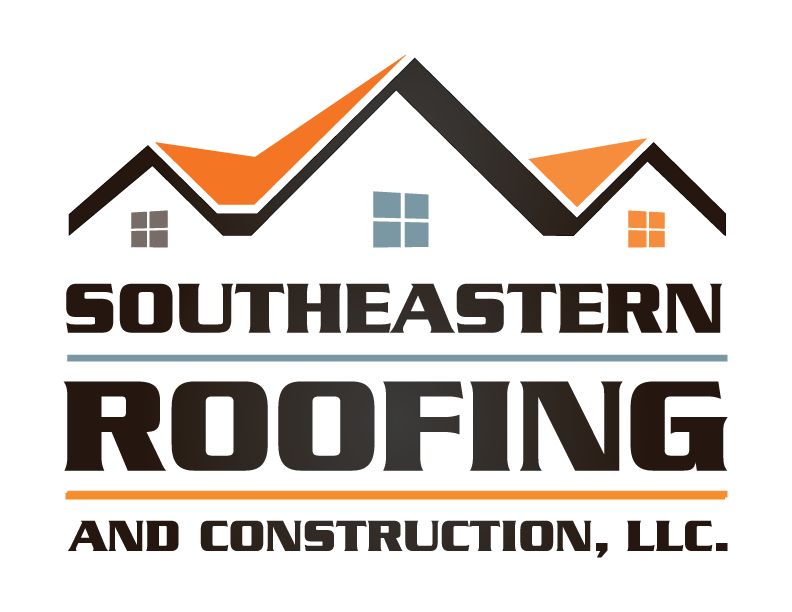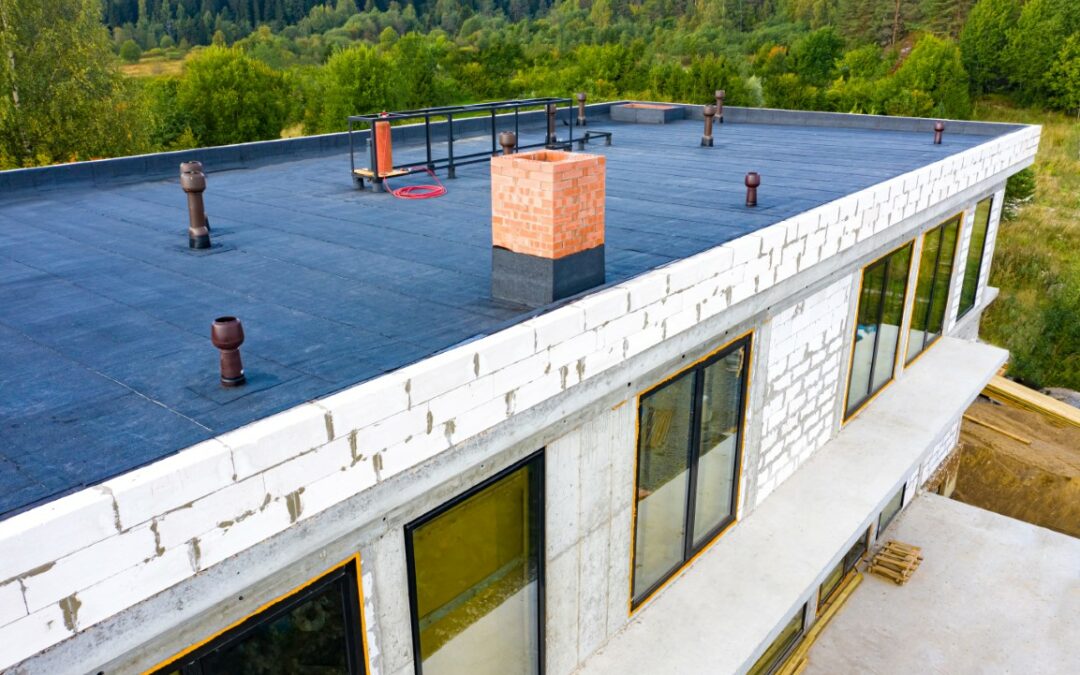Are you curious about the cost of replacing a flat roof? Well, you’re in luck! In this article, we’ll explore the three key factors that influence flat roof replacement cost.
From the quality and type of materials used, to the size and complexity of the roof, and even the labor and installation costs involved, we’ve got you covered.
So, join us as we delve into the nitty-gritty details and uncover the secrets behind flat roof replacement costs.
Let’s get started!
Key Points
– The quality and type of materials used for the flat roof greatly impact its lifespan, with high-quality materials like PVC or TPO offering better resistance to UV radiation and harsh weather conditions.
– The size and complexity of the roof affect the replacement cost, as larger roofs require more materials and labor. Complex roof designs with architectural features may also increase installation complexity and maintenance requirements.
– Labor and installation costs should be considered, including any warranties provided. Cost-saving measures during installation, efficient techniques, and minimizing waste can help reduce labor costs.
– Regular maintenance is essential for maximizing the lifespan of the flat roof and preventing costly repairs. Proper maintenance can also lower long-term expenses by preventing damage and extending the roof’s lifespan.
Material Quality and Type
When considering the cost of flat roof replacement, one of the key factors to take into account is the quality and type of materials used. High-quality materials, such as PVC or TPO, have a longer lifespan and require less frequent replacement, thus reducing the long-term expenses. These materials are known for their exceptional resistance to environmental factors like UV radiation, extreme temperatures, and harsh weather conditions.
Another important aspect is energy efficiency and insulation. Opting for materials with high insulation properties can significantly reduce energy consumption and lower utility bills. Insulated roofing systems also help maintain a comfortable indoor temperature, reducing the need for heating or cooling.
Therefore, choosing materials that offer both longevity and durability, as well as energy efficiency and insulation, can have a substantial impact on the cost of flat roof replacement.
Roof Size and Complexity
The size and complexity of the roof significantly impact the cost of flat roof replacement. Larger roofs require more materials and labor, resulting in higher costs. Additionally, complex roof designs with multiple angles, chimneys, skylights, or other architectural features increase the complexity of the installation process, which also adds to the overall cost.
When considering the size and complexity of the roof, it’s essential to factor in the maintenance requirements and energy efficiency. Larger roofs may require more frequent maintenance, such as regular inspections and repairs. Additionally, complex roof designs may have more areas prone to leaks or damage, requiring additional maintenance and repairs over time.
Energy efficiency is another crucial consideration. Larger roofs with a complex design may have a higher surface area, resulting in increased energy consumption for heating and cooling. Therefore, it’s important to choose materials and insulation that maximize energy efficiency to reduce long-term energy costs.
As we move forward into the next section about labor and installation costs, it’s important to understand how the size and complexity of the roof influence these factors as well.
Labor and Installation Costs
To calculate the labor and installation costs for flat roof replacement, we must consider various factors.
One important factor is the cost-saving measures implemented during the installation process. These measures can include using efficient installation techniques, minimizing waste, and utilizing cost-effective materials. By implementing these measures, contractors can reduce labor costs and pass on the savings to the customer.
Another factor to consider is the warranty and maintenance of the new roof. The cost of labor and installation should include any warranties provided by the contractor or manufacturer. It’s important to understand the terms and conditions of the warranty, including any requirements for regular maintenance. Regular maintenance can help prolong the life of the roof and prevent costly repairs in the future.
Therefore, it’s crucial to factor in the cost of maintenance when calculating the labor and installation costs for flat roof replacement.
Conclusion
In conclusion, the cost of flat roof replacement is influenced by three key factors:
– Material quality and type
– Roof size and complexity
– Labor and installation costs
It’s quite fascinating how these seemingly mundane elements can have such a significant impact on the overall expense.
So, next time you find yourself in need of a flat roof replacement, remember to consider these factors and prepare yourself for the irony of how the smallest details can make the biggest difference in your wallet.

